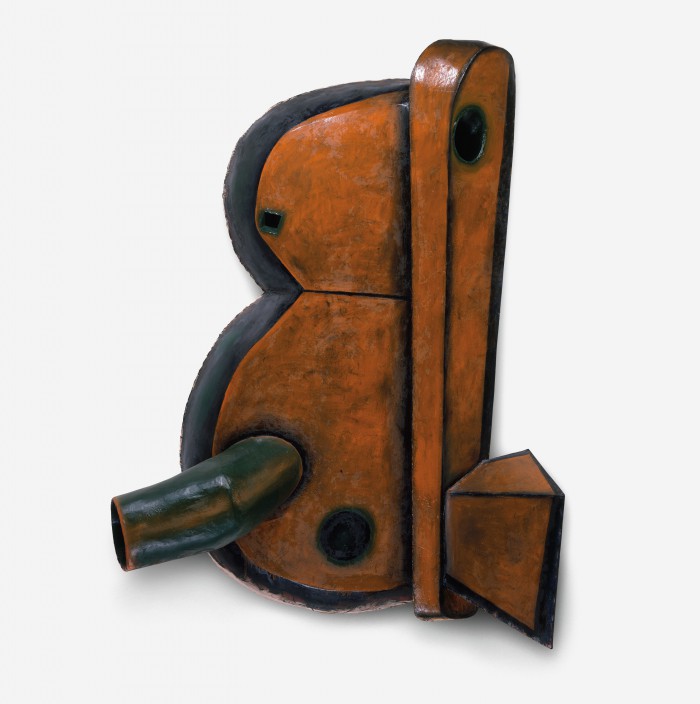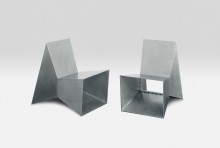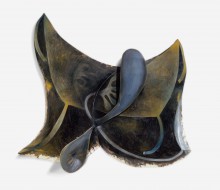Elizabeth Murray
This Pair 1987

© 2014 The Murray-Holman Family Trust / Artists Rights Society (ARS), New York. Reproduction, including downloading of ARS member works is prohibited by copyright laws and international conventions without the express written permission of Artists Rights Society (ARS), New York.






